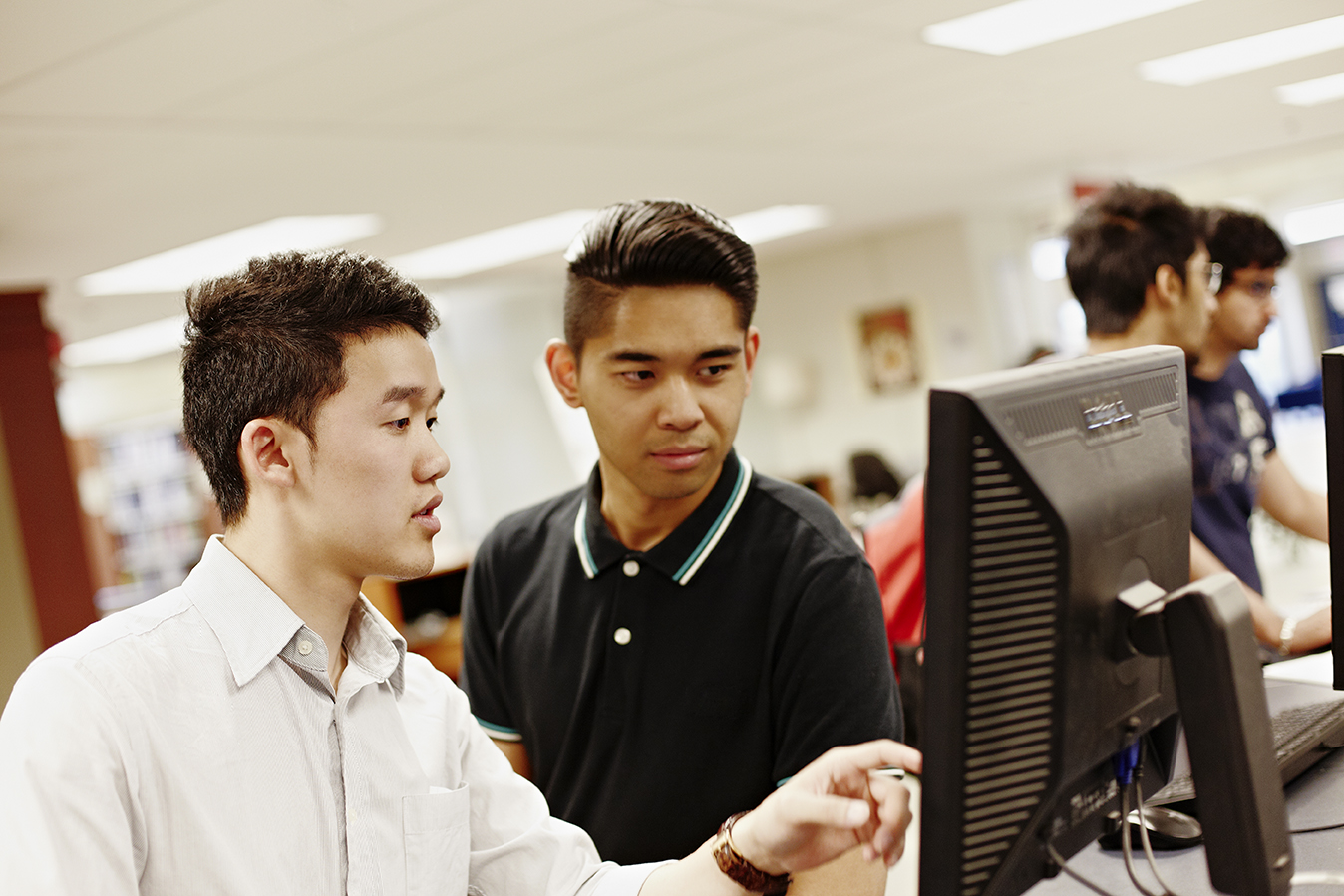The development of knowledge and skills through the use of information and communication technologies to support interactions for learning with content, learning activities and with other people

TEL Projects
The Academic Innovation Fund has supported the creation, implementation and evaluation of a number of eLearning projects. Projects are showcased on the Academic Innovation Fund website.

eLearning Resources
York University provides a wealth of resources to assist educators in developing and implementing eLearning projects. A complete list of resources can be found on The Teaching Commons website, including B.O.L.D., the blended online development site.
A common language for Technology-Enhanced Learning (TEL)
Descriptive terms and a common language were developed to identify eLearning strategies and facilitate conversations about the range of possibilities for innovative use of technology in teaching and learning.
A Common Language for Modes of Delivery at York document was recently developed by a Steering Committee led by the Office of the Associate Vice-President, Teaching and Learning to update the terminology used to describe technology-enhanced course delivery, which has changed as a result of the pandemic. Remote teaching and learning (REMT) was a term used for remote course delivery during the pandemic, for example, and has since gone out of use. Two new modes of learning have emerged, including Hyflex (HYFX) and Online with Campus-based Assessment (ONCA). See Decision-Making for Program Modes of Delivery for a guide on the decision-making process for choosing modes of delivery at a program level.
The Common Language for Modes of Delivery at York functions as:
- A standalone common language document for technology-enabled modes of learning across the university.
- A resource that minimizes the need for specific and custom notes about what technology is being used in course published descriptions.
- A document that is being included in university-wide consultations and discussions about the future of teaching and learning.
Technology-Enabled Modes of Delivery
eLearning historic milestones
eLearning at York: Baseline Survey
A baseline survey conducted in 2011-12 provides insight into the extent to which eLearning has been used across the continuum from web-enhanced to blended learning to fully online
York University's eLearning mandate
The University Academic Plan (2010) refers to the need to demonstrate our commitment to academic quality, student success and engagement and outreach in relation to teaching and learning by “supporting innovative and flexible curriculum delivery through online and hybrid [blended] courses, as well as other elements of technology enhanced learning” (UAP, 2010: 8).

Questions?
Feel free to contact us. We are here to help.

